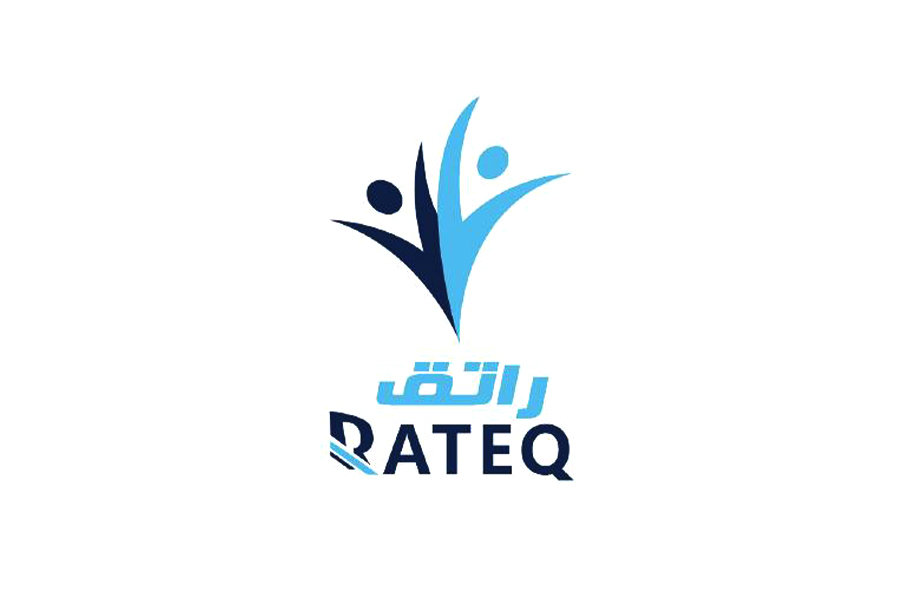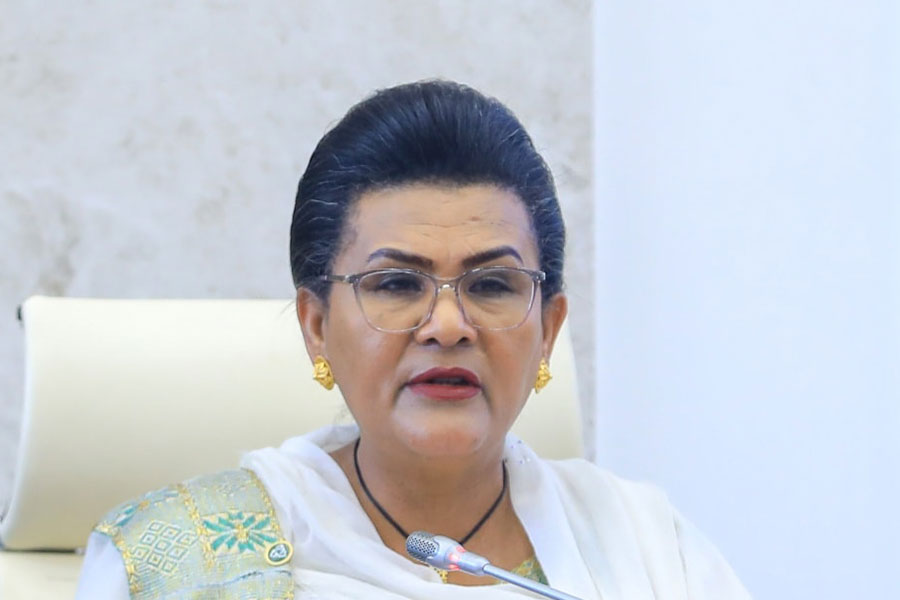
Agenda | Jul 02,2022
.
In the domain of economic theory, where the contention of intellects often echoes the upheaval of markets, few debates have been as stirring as the one ignited by John H. Cochrane, a Stanford University luminary. His fiscal theory of prices challenges the traditional bastions of economic thought, particularly the views long championed by Milton Friedman, his erstwhile colleague from the University of Chicago.
With his unwavering belief in monetary policy's central role in driving inflation, Friedman finds an intellectual challenger in Cochrane. The latter's theory asserts that public debt, rather than mere monetary factors, is indispensable in inflationary dynamics.
This theoretical divergence appears to find a practical testing ground in Ethiopia, a country besieged with soaring inflation and mounting public debt. American economics professor Steve Hanke's assessment of Ethiopia's year-on-year (YoY) inflation at a startling 60pc, starkly contrasts the federal government's more conservative 27pc figure. Hanke's criticism, pointing towards economic mismanagement under Prime Minister Abiy Ahmed's administration, adds fuel to an already blazing debate.
The intricacies of Ethiopia's economic woes are laid bare in its public debt figures.
As of June 30, 2023, the country's public sector debt stood at a daunting 62.9 billion dollars, up 9.8pc from the previous year, amounting to roughly 40.8pc of its GDP. This debt, predominantly domestic, reflects the government's fiscal policies and their impact on the country's economic health.
Notably, while Ethiopia's total public debt has shown a semblance of stability over the years, its composition has fluctuated significantly. The federal government's debt has been on the rise, countering a decline in government-guaranteed debt. This shift should be telling, especially against the backdrop of a modest overall debt increase. External debt, constituting about 28 billion dollars of the total, has seen a marginal increase. The debt structure, primarily owed to official creditors, exposes Ethiopia's reliance on institutional lending. The federal government shoulders most of this burden, but state-owned enterprises like Ethiopian Airlines Group and Ethio telecom also bear significant portions.
The past year saw the federal government paying 1.7 billion dollars in principal, interest, and fees for its external public sector debt. Ethiopia's status as a beneficiary of the G20 Debt Service Suspension Initiative (DSSI) and the IMF's Catastrophe Containment & Relief Trust (CCRT) brought some reprieve, albeit temporarily.
Its debt profile also reveals a nuanced shift in the balance between multilateral and bilateral debts, with a slight tilt towards non-concessional loans in recent years. This trend indicates a gradual move towards less favourable loan terms from multilateral institutions, a worrying development for the country's fiscal future. The private creditor component within the non-government guaranteed debt has seen its own set of changes. Debts to commercial banks have risen, while supplier credits have dwindled, reflecting shifts in Ethiopia's private credit engagements.
The complexities of dealing with private creditors, particularly in the context of a one billion dollar Eurobond obligation, further compound the situation.
According to federal authorities, the federal government's recent decision to skip a scheduled Eurobond payment of 33 million dollars in December is not about financial constraints. They would argue it reflects their strategic approach aligned with the G20 Common Framework, seeking equitable treatment among all creditors and a comprehensive resolution to the debt crisis. It is a position echoed in a call last week by State Minister Eyob Tekalegn (PhD) with over 100 private creditors, where he emphasised transparency and equitable treatment in managing the growing external debt.
The State Minister pledged a uniform approach to debt handling, coupled with the promise of a swift resolution; he believes this shows Ethiopia's commitment to fairness in its financial dealings.
Yet, the road to economic stability is fraught with troubles.
The authorities' slow negotiations with its development partners over the Common Framework agreement have impacted its economic ratings. In downgrading Ethiopia's Long-Term Foreign-Currency Issuer Default Rating (LTFC IDR) to 'C', Fitch Ratings unearthed the imminent risk of default. Following a missed interest payment on the country's only outstanding Eurobond, this development stokes fears of a sovereign default.
The dwindling forex reserves and significant balance of payments gaps compound these woes as the country's engagement in the Common Framework agreement for debt relief has exacerbated these issues. Its environmental, social, and governance (ESG) relevance scores, mainly '5' for Governance & Creditor Rights, reflect a deteriorating political stability, rule of law, institutional quality, and corruption.
As of June 2023, the total domestic debt stood at 1.9 trillion Br, marking a 25pc increase from the previous year. The rising reliance on Treasury Bills (T-bills) indicates a deepening dependence on securities, with commercial banks compelled to purchase five-year treasury bonds at 20pc of their new loan disbursements.
The landscape of domestic debt for state-owned enterprises (SOEs) has evolved, with a significant portion of their total domestic outstanding debt now managed by the Liability Asset Management Corporation (LAMC). Incorporated in February 2021, LAMC's role in managing the debts and assets of SOEs is crucial, given that the amount it owes reached 540.1 billion Br.
In the face of all these convulsions, Ethiopia's debt management strategy demands a new approach and a rethink. The economic stability hinges on careful planning and fiscal discipline. Prime Minister Abiy's administration faces the daunting task of steering the country away from ambitious projects towards more pragmatic approaches that address immediate citizens' needs. The necessity for a reevaluation of monetary, fiscal, and political policies is stark, especially given the context of mega projects and rising military expenditures.
As Ethiopia navigates these turbulent economic waters, the validity of Cochrane's fiscal theory of prices becomes increasingly relevant. The correlation between the country's high inflation and growing public debt, as cited by Cochrane, offers a compelling lens through which to view Ethiopia's economic troubles. While the traditional monetary perspective, as espoused by Friedman and embraced by central bank Governor Mamo Mehiretu, cannot be dismissed outright, Cochrane's theory provides a critical perspective in understanding the intricacies of Ethiopia's fiscal crisis.
PUBLISHED ON
[ VOL
, NO
]

Agenda | Jul 02,2022

Life Matters | Dec 02,2023

Viewpoints | Jul 27,2024

View From Arada | Jun 07,2025

Advertorials | May 21,2024

Commentaries | Oct 19,2019

Fortune News | Jul 28,2024

Fortune News | Jun 29,2025

Fortune News | Jun 07,2025

Fortune News | Dec 09,2023

My Opinion | 131970 Views | Aug 14,2021

My Opinion | 128359 Views | Aug 21,2021

My Opinion | 126297 Views | Sep 10,2021

My Opinion | 123912 Views | Aug 07,2021

Dec 22 , 2024 . By TIZITA SHEWAFERAW
Charged with transforming colossal state-owned enterprises into modern and competitiv...

Aug 18 , 2024 . By AKSAH ITALO
Although predictable Yonas Zerihun's job in the ride-hailing service is not immune to...

Jul 28 , 2024 . By TIZITA SHEWAFERAW
Unhabitual, perhaps too many, Samuel Gebreyohannes, 38, used to occasionally enjoy a couple of beers at breakfast. However, he recently swit...

Jul 13 , 2024 . By AKSAH ITALO
Investors who rely on tractors, trucks, and field vehicles for commuting, transporting commodities, and f...

Jul 6 , 2025 . By BEZAWIT HULUAGER
The federal legislature gave Prime Minister Abiy Ahmed (PhD) what he wanted: a 1.9 tr...

Jul 6 , 2025 . By YITBAREK GETACHEW
In a city rising skyward at breakneck speed, a reckoning has arrived. Authorities in...

Jul 6 , 2025 . By NAHOM AYELE
A landmark directive from the Ministry of Finance signals a paradigm shift in the cou...

Jul 6 , 2025 . By NAHOM AYELE
Awash Bank has announced plans to establish a dedicated investment banking subsidiary...